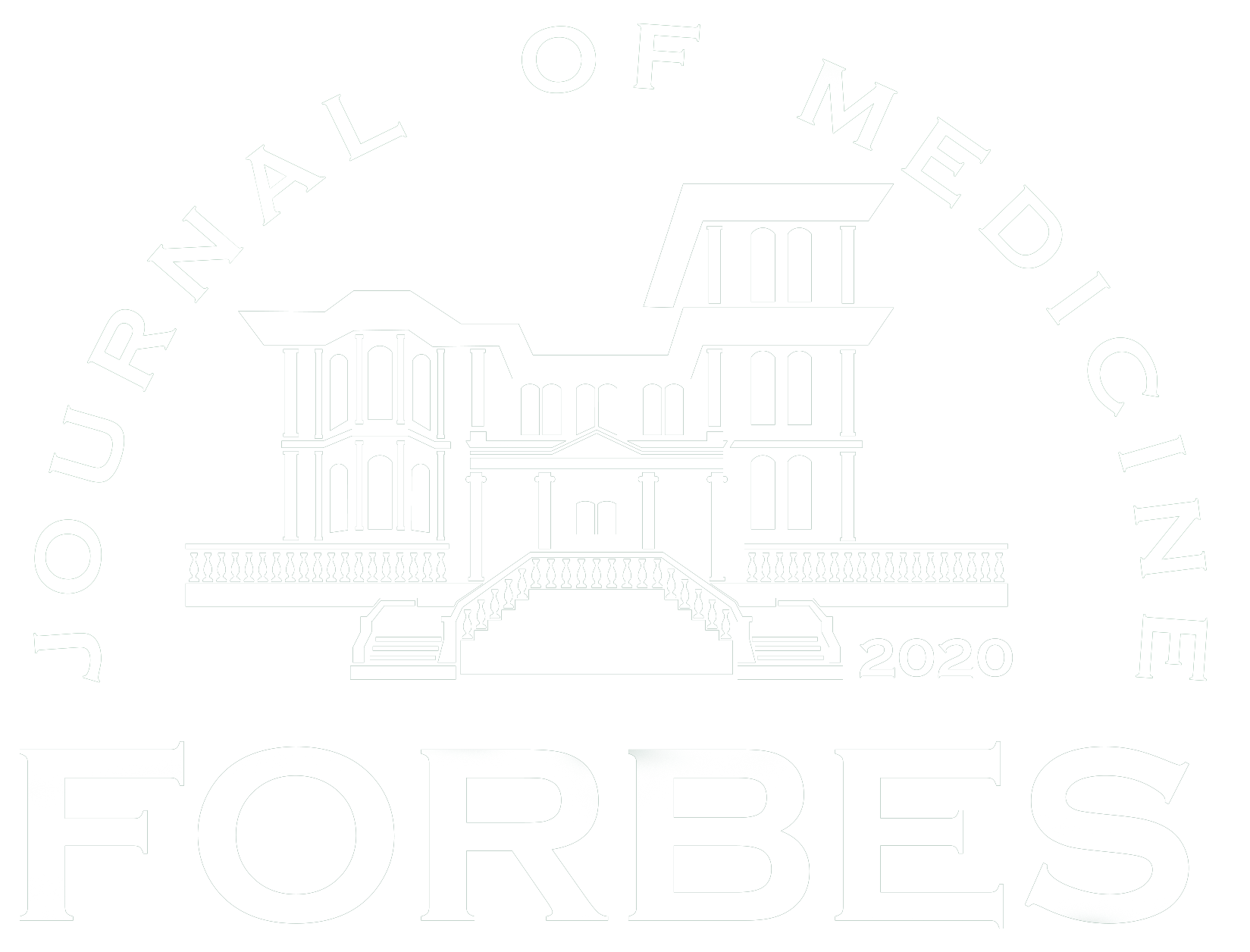Abstract
Objective: Currently there are conflicting data about the incidence of community-acquired infections of common respiratory viruses during the pandemic caused by the novel Severe acute respiratory syndrome-Coronavirus-2.
Methods: The data of the patients, who were admitted to the neonatal intensive care unit for suspected community-acquired neonatal pneumonia during the respiratory syncytial virus (RSV) season in the pre-Coronavirus disease-2019 (COVID-19) pandemic era (October 2019-March 2020) and post-COVID-19 pandemic era (October 2020-March 2021) were retrospectively analyzed.
Results: A total of 869 patient records were screened. Seventy patients (22%) in the pre-COVID-19 pandemic era and 15 patients (6.8%) in the post- COVID-19 pandemic era met the selection criteria and were included in the analysis. In the pre- and post- COVID-19 pandemic era respectively, males accounted for 57.1% and 73.3% of patients (p=0.245), the mean gestational age at birth was 37±2 and 35±3 weeks (p=0.007), the mean birth weight was 3045±601 and 2386±840 g (p=0.001), the mean postnatal age at admission was 9±3 and 7±1 days (p=0.177), and the mean length of hospital stay was 10±3 and 8±2 days (p=0.023). RSV was detected in 42 (60%) patients in the pre- COVID-19 pandemic era compared to 2 (13.3%) patients in the post-COVID-19 pandemic era (p=0.001).
Conclusion: A 3-fold decrease in hospitalizations due to community acquired pneumonia was observed in the post COVID-19 era. Strict compliance with the rules such as mask use, hand washing, and social distancing and lockdown during the COVID-19 pandemic could explain the decrease in neonatal pneumonia.



